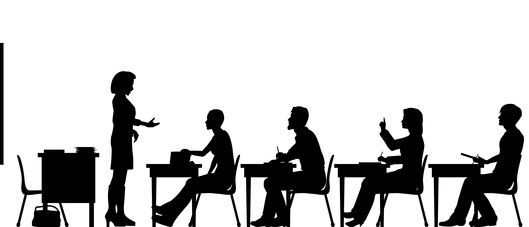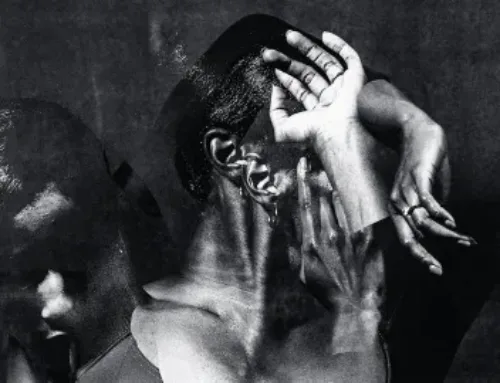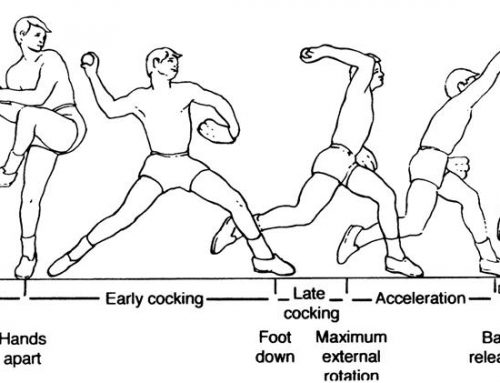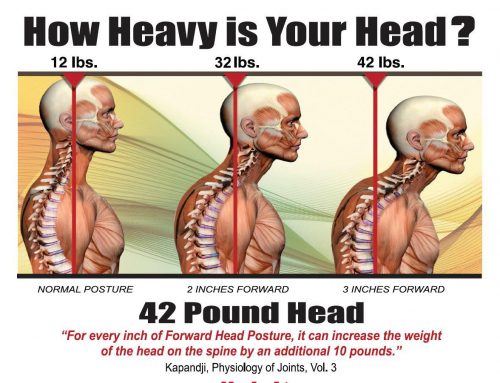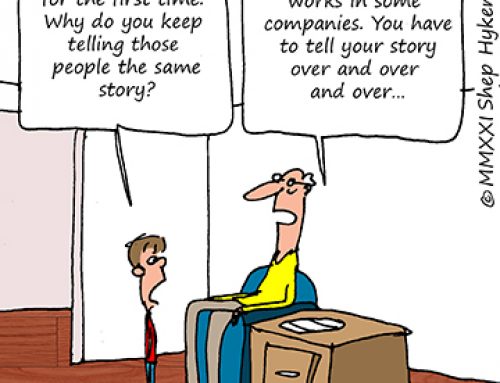As an adult learner, do you understand your learning type?
If I was given a second chance to go to school again, I would not choose the normal sit in front of a blackboard for X number of hours a day. I would’ve have chosen a more creative and cognitive space such as a Montessori or Steiner school, had they been around at the time in the NW.
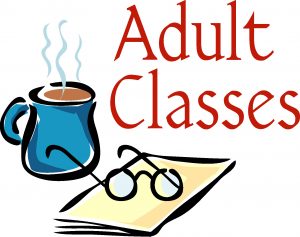
I did’n hate school by any means but now as a mature adult and still learning and studying, the freestyle approach wins thumbs up every time. For achieving not only better motor skills and movement patterns but the academic information itself.
Running Pilates studios I notice that adults bring their own particular ways of doing things, patterns of thought and attitudes to help them cope with new situations and ideas. At the same time over-learnt habits and strongly held beliefs can prove disadvantageous where they prevent individuals from considering and learning something new, whether it is a different technique, an alternative set of values, a recent development or a novel idea. They may need convincing that this way is worth a try.
When I teach movement whether it be Yoga, Pilates, GYROTONIC or similar I can definitely see and feel the three types of learner that stand infront of me. They are visual, auditory or kinaesthetic learner.

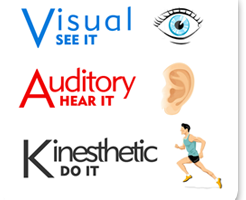
- The visual learner values are to see things printed and see things demonstrated. They like looking at or examining objects, having notes with diagrams and seeing the use of colours and illustration.
- The auditory learner values listening to explanations, talking about ideas and problems, listening to a podcast, taking notes and revising, asking questions and hearing answers.
- The practical/kinaesthetic learner likes hands on tasks, doing rather than listening, manipulating objects, solving practical problems, working one to one and helping others.
Many adults can lack confidence in themselves as learners as well as underestimating their powers and potential. As adults we tend to be over anxious and are reluctant to risk making mistakes. Above all of course no one wants to look foolish in class. These reactions are particularly prevalent in those who have had poor learning experiences at school. A sense of anxiety can be a handicap for an adult if they have previously experienced inequality, prejudice or have been made to feel different.
This is why I never throw any adult straight into group or private sessions. I treat everyone as an individual speaking to them first on the phone and then taking them through a private consultation to make sure that we can meet their goals and expectations. It is the way to maintain professionalism for my studios, existing members and new adult members coming in.
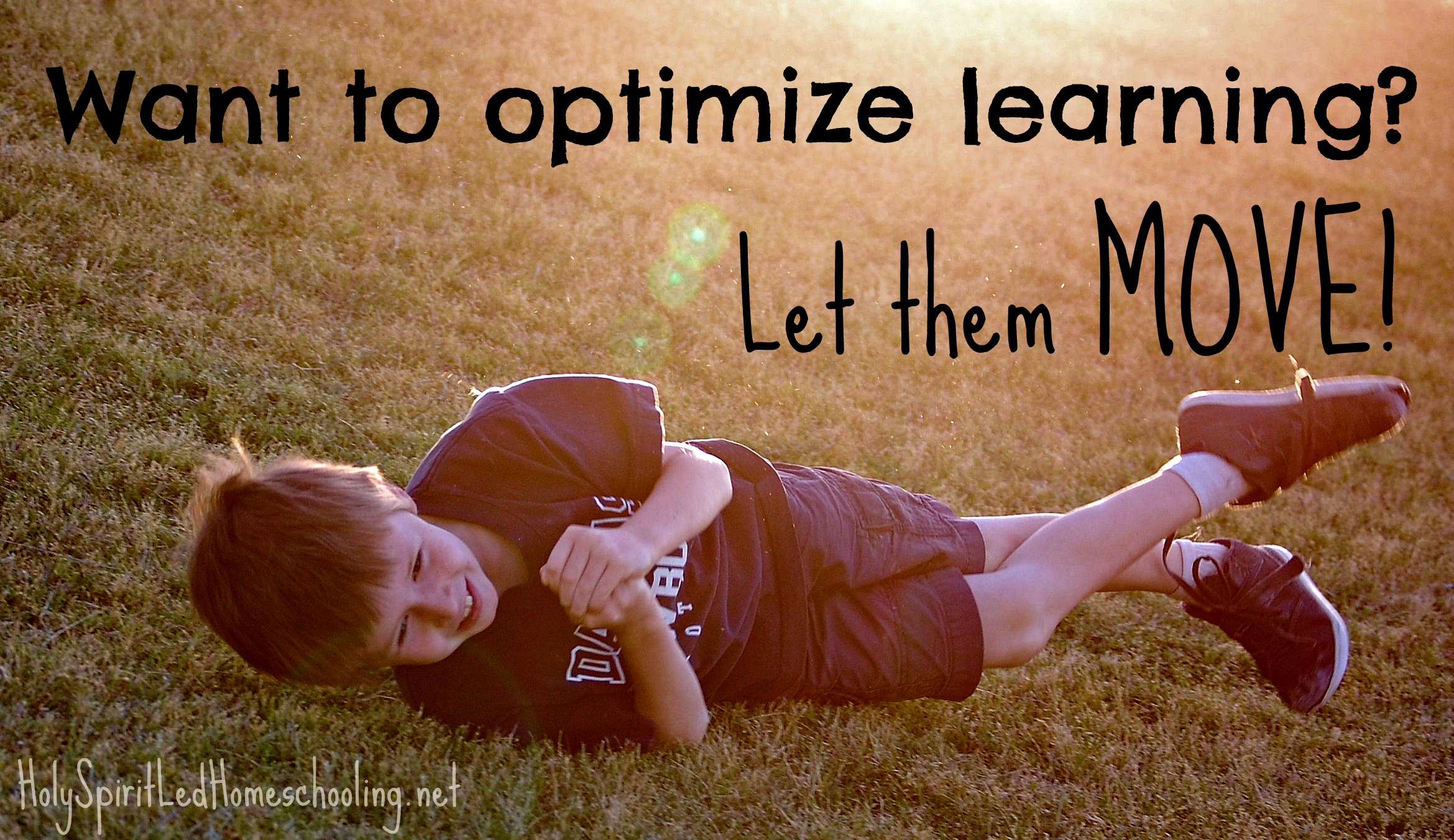
When you start to move in class, you start to feel and connect with your body. Many of us are totally disconnected particularly with what’s going on with our viscera right down to our finger nails. I see it every day and particularly when you visit any sort of waiting room, be it prescriptive glasses, dentist, GP and casualty.
When teaching and coaching there are four stages that I see grow in clients, they are:
The four stages of conscious awareness
- Unconscious incompetence – The client is not aware of what they are doing with their body, perhaps moving unsafely and with bad form and technique. They are unaware how to move or change the exercise equipment around them.
- Conscious incompetence – The client is still moving with bad form and technique after being shown the correct way, they are however now aware they are not correct but not sure how to move on. They continue to adjust or change the exercise equipment incorrectly.
- Conscious competence – The client is now being coached and constantly corrected they are now aware of their form and their body in space. They are receptive and responsive to the information given.
- Unconscious competence – They have now developed good form and technique and have a healthy habitual pattern. This happens naturally without being reminded and being told.
I am always looking for the method which will best help most participants learn and achieve more of the time. I always extend the range of methods used so it’s good for the staff’s professional development as well as student learning. If you are a fellow tutor its important to find out what your student can do and what they are intending to gain from the course. We should always be conscious of the learning styles of the student and be prepared to offer alternatives from group programming to one to one or vice versa if need be.
Keep in mind that most of use all three learning style but typically have a preference for one over the other.
Bibliography
“Adult Learning & Adult Teaching ” – John Daines
“Four Quadrants” – Paul Chek

